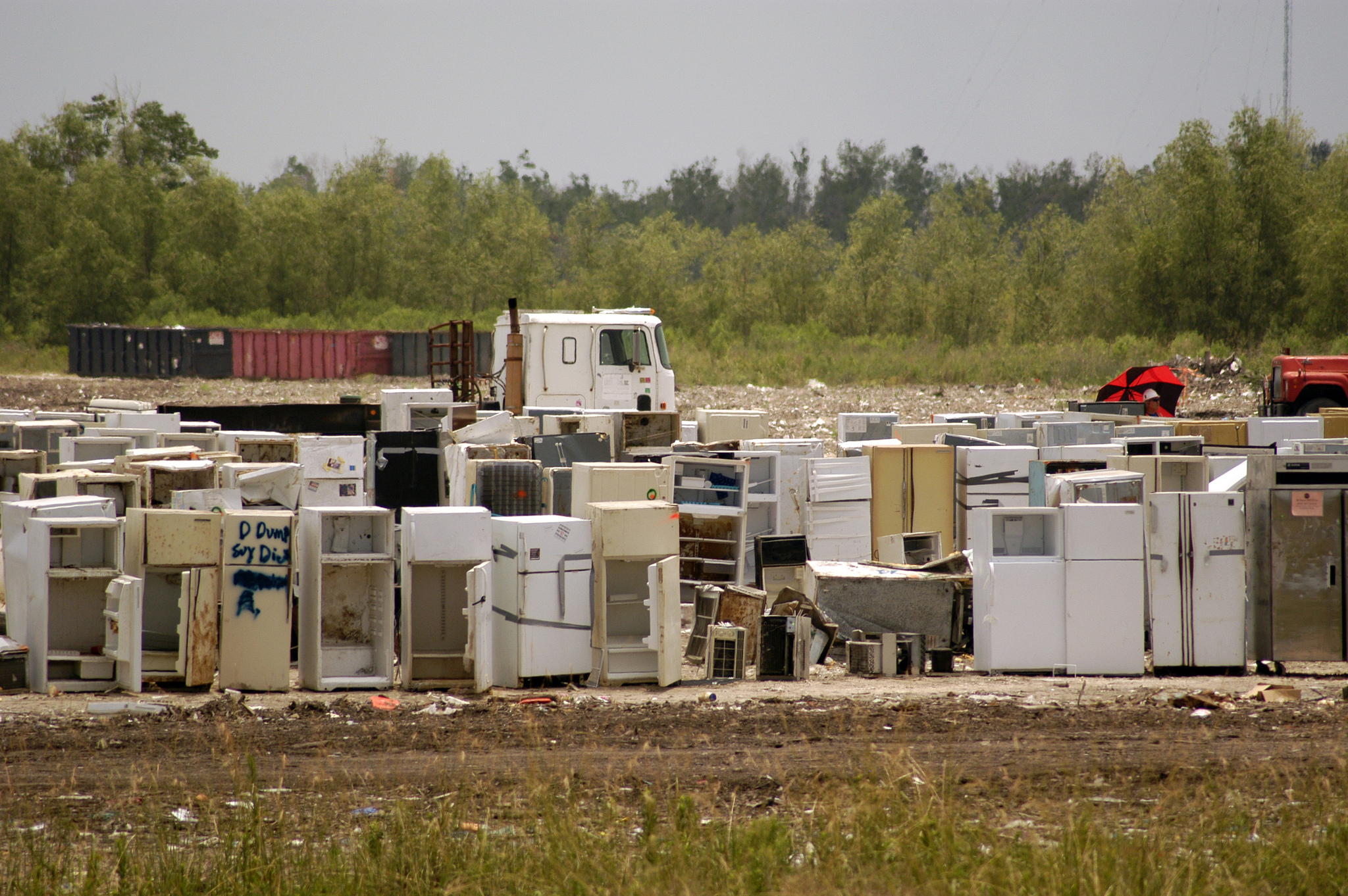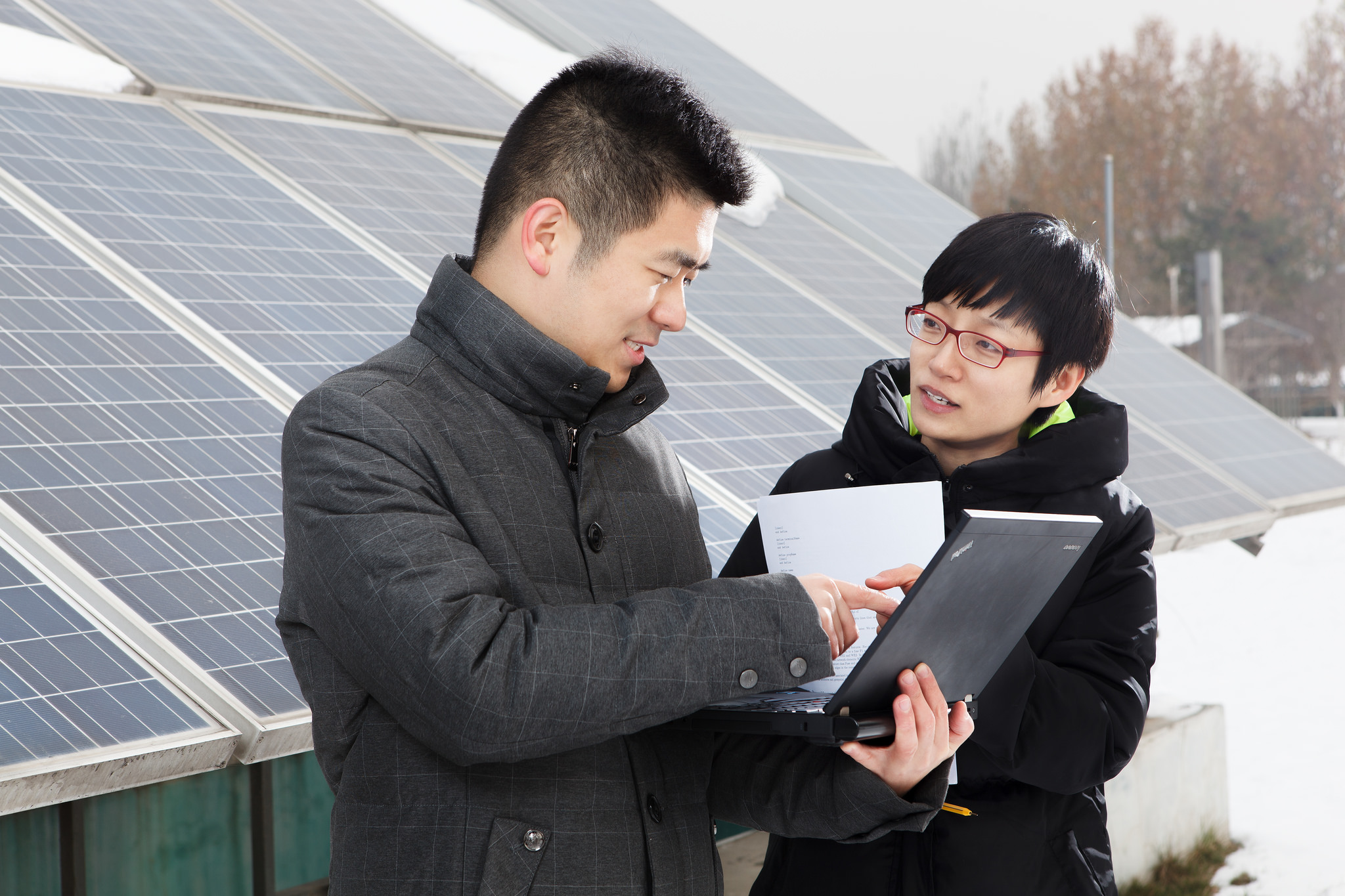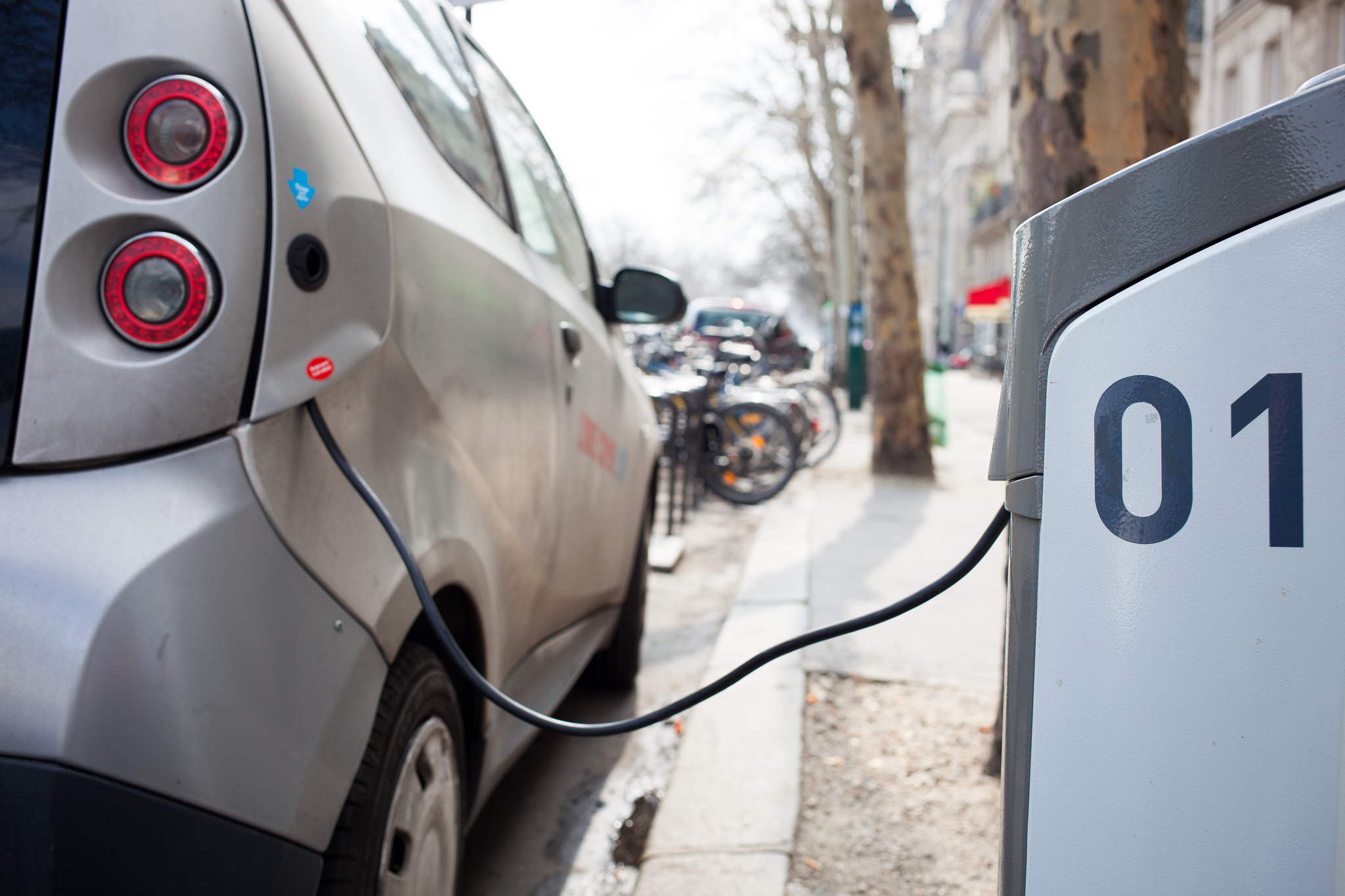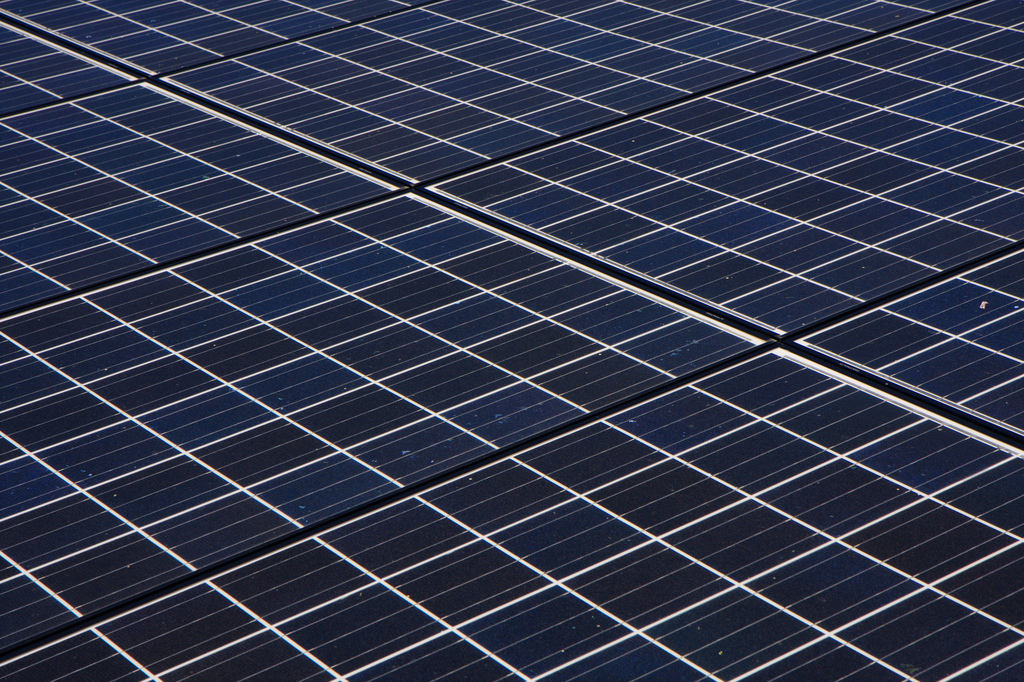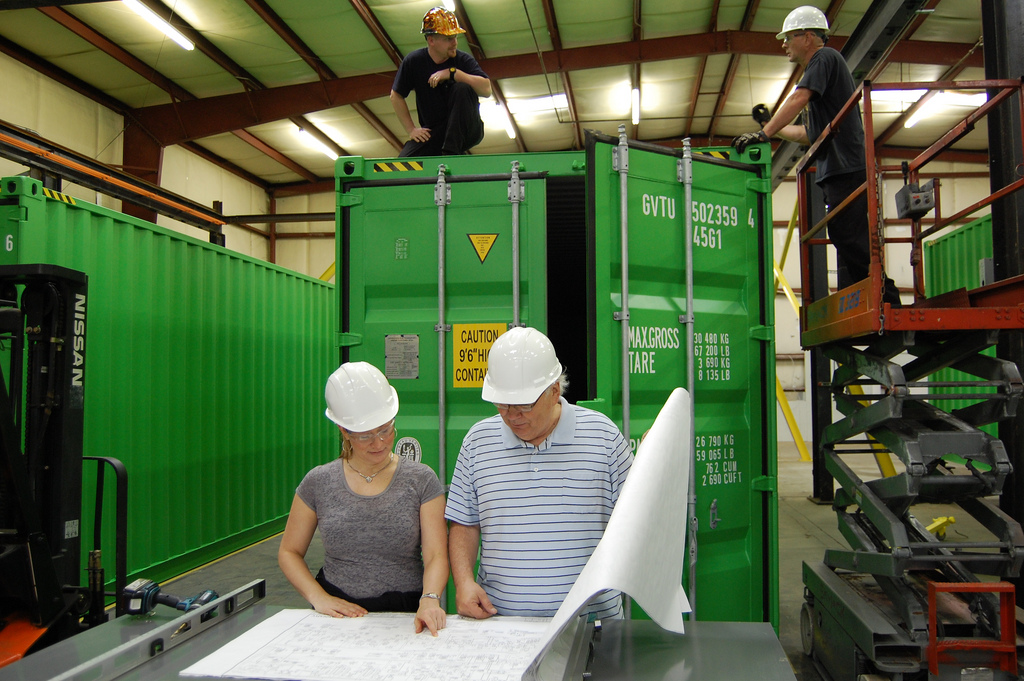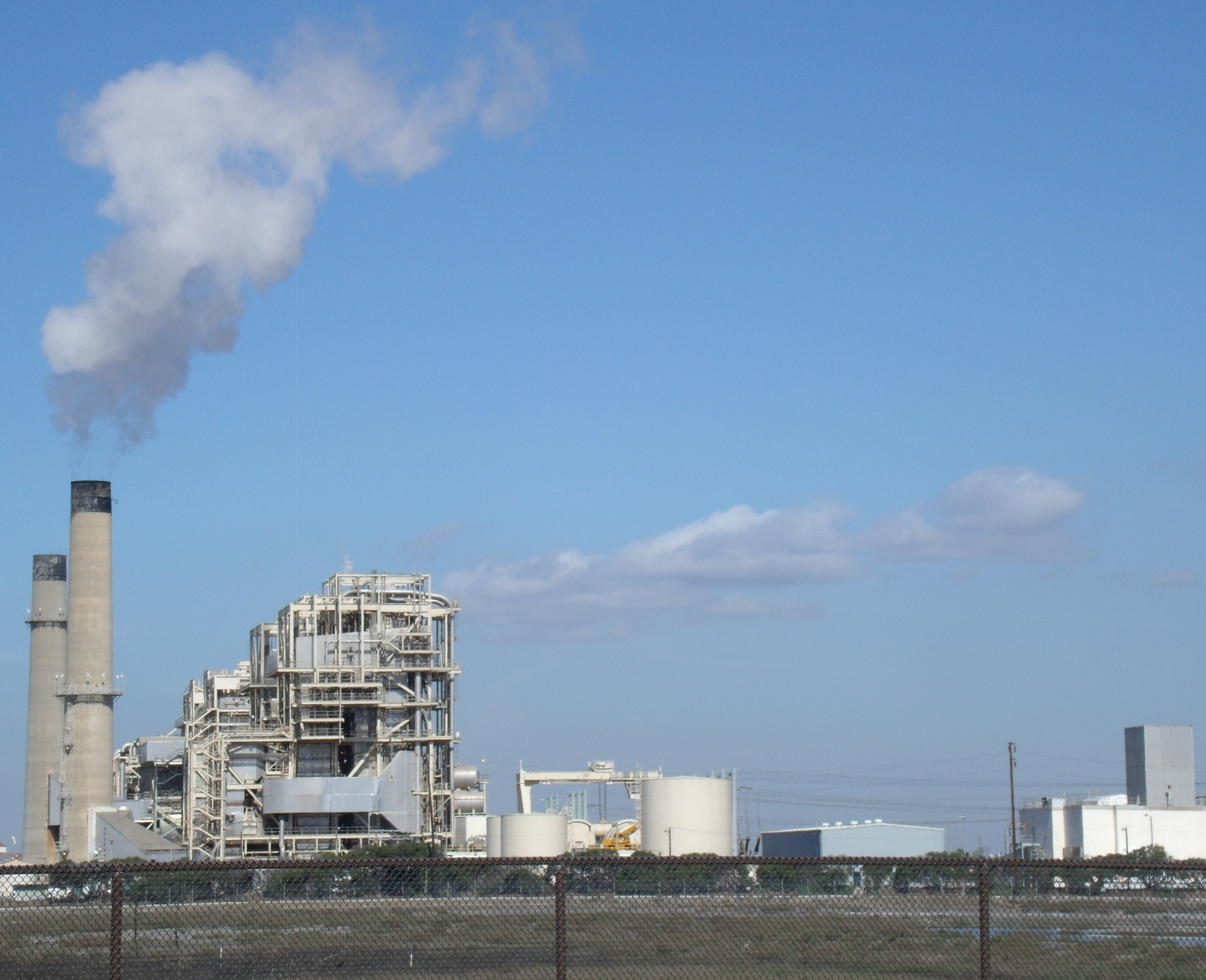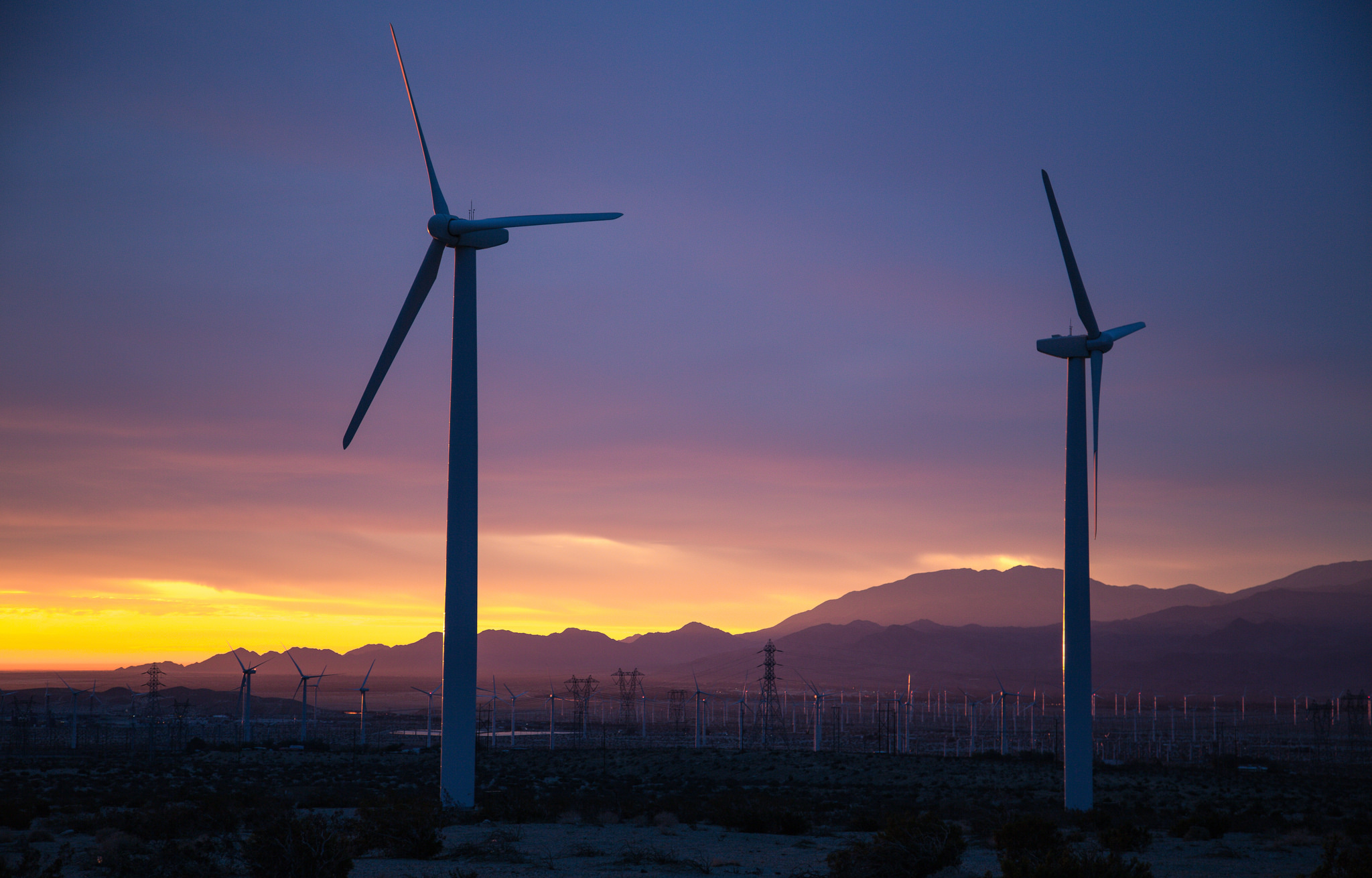Technology
Solar Power In China
Installations of solar power continue to increase rapidly around the world and in no place more than China. By the end of 2016, total solar generating capacity in China reached 77.4 gigawatts, making it the largest producer of solar energy in the world. Globally, there is a total of 228 gigawatts of solar power installed, although that number keeps changing rapidly.
Volcano Power
Geothermal energy uses the heat trapped beneath the Earth’s surface to generate electricity. Typically, geothermal energy plants tap into the steam from natural sources such as geysers, or they draw water from hot, high-pressure underground sources. The hot vapors are then used to drive electric turbines.
Recycling And Olympic Medals
Organizers of the Tokyo 2020 Olympic Games announced in February that all the Olympic medals for the games will be made from recycled materials. The strategic roadmap for the games, laid out in the document “Olympic Agenda 2020”, specifically calls for the inclusion of sustainability in every aspect of the games.
Europe’s E-Mobility
With the arrival of the Chevy Bolt and the long waiting list for the forthcoming Tesla 3, there is starting to be some momentum for electric cars in the United States. But we are still well behind Europe in terms of the significant growth of so-called e-mobility.
Wind Surpasses Water
For many decades, hydroelectric dams were the top source of renewable energy in the United States. But for the first time ever, by the end of last year, installed wind power capacity in the U.S. outpaced hydroelectric capacity.
Tires From Trees
Car tires are generally considered environmentally unfriendly because they are predominantly made from fossil fuels. Natural rubber is generally not used anymore; most tires are made from isoprene, which is chemically very like rubber but is produced by thermally breaking apart molecules in petroleum in a process called cracking. The isoprene is separated out and purified and then reacted to form the artificial rubber that is the major component in car tires. The tires eventually end up discarded in giant piles that represent one of our biggest waste disposal problems.
A New Low-Cost Battery
Batteries have never been more important. Not only do we all depend on cell phones, tablets and laptop computers that run on batteries, but two enormous industries are in major transitions that rely upon battery technology: personal transportation and the utility industry. The electricity grid is increasingly turning to solar and wind power for generation and both will require effective energy storage if they are to truly become the predominant sources of electricity.
Coal And Chinese Air
China has worked to reduce its coal consumption in recent years but the air quality in cities like Beijing is still notoriously poor and a major health hazard.
The Largest Battery Storage Substation
At the end of last year, Southern California Edison turned on the largest lithium-ion battery storage facility in the world in Ontario, California. It is a substation with 80 megawatt-hours of capacity, enough energy to power 2,500 households or charge 1,000 Tesla cars a day.
NASA And Chimpanzees
Increasingly, conservation organizations are increasingly relying on satellite imagery to help save wildlife. The Jane Goodall Institute, a nonprofit focused on chimpanzee conservation, uses NASA’s and the U.S. Geological Survey’s Landsat satellite images to guide their chimpanzee conservation strategies.
The Success Of SunShot
Back in 2011, utility-scale solar power cost a little over $4 per watt on average. In February of that year, former Energy Secretary Steven Chu announced the SunShot initiative, which had the goal of reducing the total cost of photovoltaic systems by 75% to the target value of $1 a watt by the year 2020.
A Better Way To Farm Algae
Microalgae biofuels may provide a viable alternative to fossil fuels. Algae efficiently use CO2 and can produce biomass very quickly. Some species can double their mass in as little as 6 hours. Such single-celled organisms are amenable to high-throughput techniques to evolve new strains, unlike terrestrial biomass sources like corn which can take years to modify.
Corporations To The Rescue
Regardless of the new administration’s position on climate change, America’s corporations have assumed a leadership role in the country’s ability to meet and beat previous domestic climate pledges.
Wind-Powered Trains
The Netherlands – the country long associated with picturesque windmills – is now operating 100% of its electric trains with wind energy.
Positive Environmental News
From melting Arctic ice to dying coral reefs to rising sea levels, there was no shortage of grim environmental news in 2016. But the news wasn’t all bad. There were several bright spots for the environment last year as well.
Restoring The Taste Of Tomatoes
Over the years, tomatoes have been selectively bred for qualities such as size and firmness for shipping purposes and appearance, but selection for flavor has generally been overlooked. Many of us find that the tomatoes we buy in the grocery store just don’t taste like they used to. In fact, often they don’t taste like much of anything. Comparing them to the delicious local-grown varieties we can find during the summer provides evidence for this conclusion.
Reduced Emissions From Electricity Generation
A recent report from the Energy Information Administration notes that for the first time in 40 years, carbon dioxide emissions from electricity generation are less than those from transportation. The reason is that power plants nationwide are abandoning the use of coal and turning to cleaner burning natural gas, as well as newer sources such as solar and wind power.
[Read more…] about Reduced Emissions From Electricity Generation
A Big Wind Farm for New York
The Board of Trustees of the Long Island Power Authority has voted to approve the nation’s largest offshore wind farm, which is also the first offshore wind farm in New York. The South Fork Wind Farm, located 30 miles southeast of Montauk, New York, will be a 90 megawatt facility that will provide enough electricity to power 50,000 Long Island homes and help meet increasing electricity demand on the South Fork of Long Island.
2016 Carbon Progress Report
Last year was a big year for progress in the U.S. power sector. Renewable energy provided nearly 17% of the country’s electricity, up from 13.7% in 2015. The first offshore wind farm in the U.S. opened off the coast of Rhode Island. And most significantly, carbon emissions from the power sector continued to decline and reached the lowest levels in nearly 25 years.
